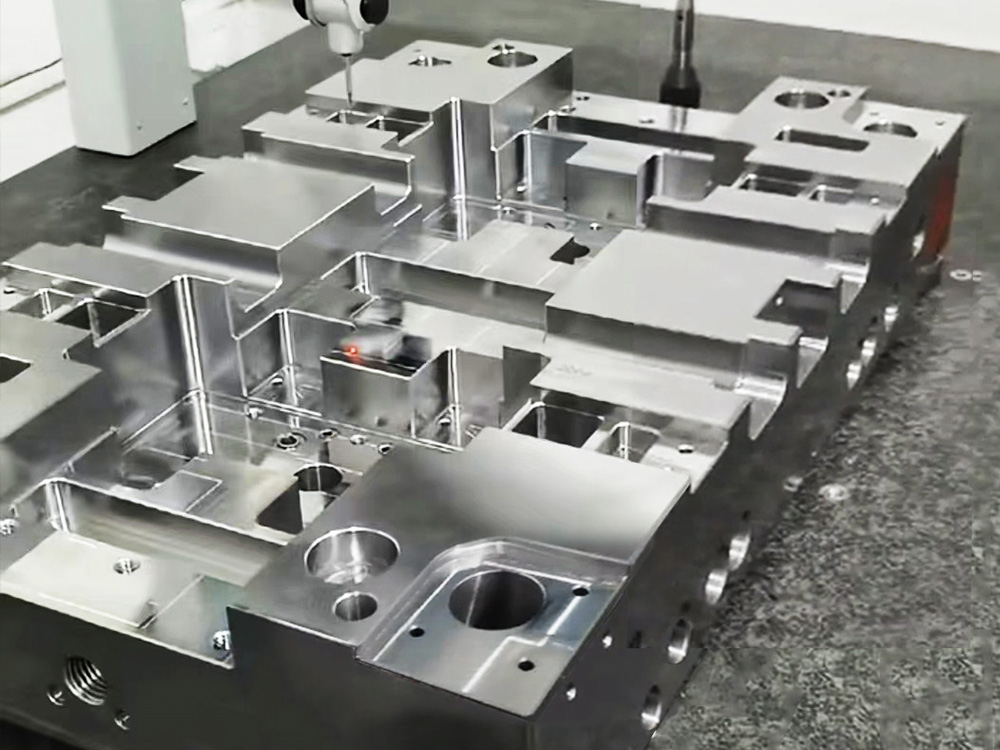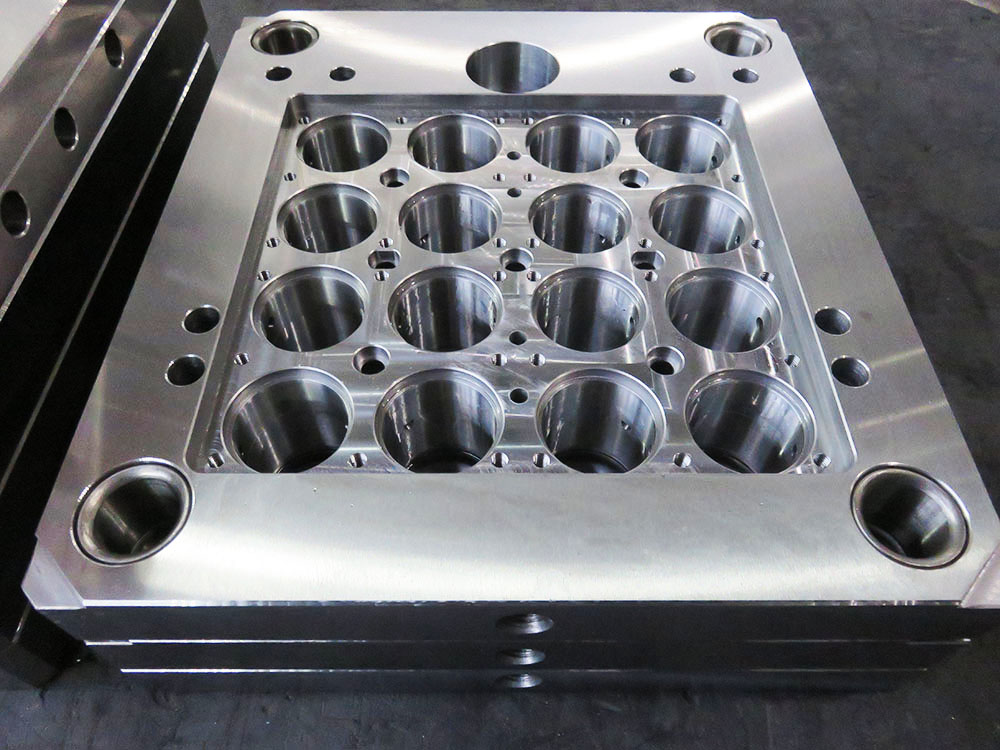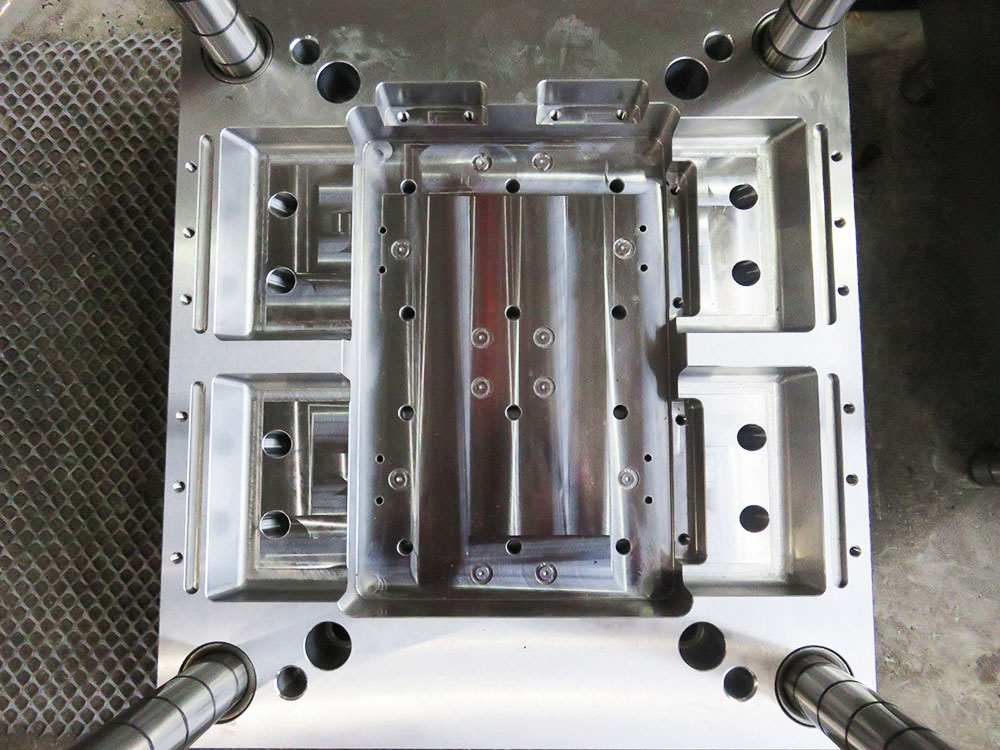The Usage of the ug12 Module Library in the Mold Base Industry
The mold base industry plays a vital role in the manufacturing sector by providing the foundation for various molds used in different applications. The creation of a mold base requires the integration of different components and modules to ensure efficient and reliable mold production. One such essential module library used extensively in this industry is the ug12 module library. This article aims to provide a comprehensive understanding of how to effectively utilize the ug12 module library in the mold base industry.
Overview of the ug12 Module Library
The ug12 module library is a collection of pre-defined components and modules that streamline the design and manufacturing process of mold bases. It is developed specifically for use with industry-leading CAD software, providing a comprehensive range of tools and features to enhance workflow efficiency and design accuracy.
One of the key advantages of the ug12 module library is its extensive catalog of standardized components. This allows designers to quickly select and integrate commonly used mold base elements, such as ejector pins, guide pins, and leader pins, into their designs. By utilizing these pre-designed components, designers can save time and effort by avoiding the need to recreate these elements from scratch.
Additionally, the ug12 module library includes advanced features like automatic alignment, component resizing, and assembly validation. These features enable designers to ensure proper fit and alignment of components and detect any potential interferences early in the design phase. This significantly reduces costly errors and the need for subsequent design iterations.
Step-by-Step Guide to Using the ug12 Module Library
1. Start by opening the desired CAD software that supports the ug12 module library.
2. Access the ug12 module library from the CAD software's toolbar or menu. This will open the library interface, providing easy navigation through the available components and modules.
3. Browse through the catalog of standardized components and select the appropriate ones for your mold base design. These components can be inserted directly into the design workspace.
4. Arrange the components according to the mold base's specifications and requirements. The ug12 module library allows for easy alignment, resizing, and rotation of components to achieve the desired configuration.
5. Take advantage of the library's advanced features, such as automatic alignment and assembly validation, to ensure the accuracy and integrity of the mold base design. This step is crucial for avoiding interferences and potential issues during the manufacturing and assembly stages.
6. Once the mold base design is finalized, generate detailed engineering drawings with the help of the ug12 module library. This includes specifying dimensions, tolerances, and other essential details necessary for the manufacturing process.
Conclusion
The utilization of the ug12 module library in the mold base industry significantly improves design efficiency, accuracy, and reliability. By leveraging the library's extensive catalog of standardized components and advanced features, designers can streamline the mold base design process, reduce errors, and optimize manufacturing productivity. The step-by-step guide outlined in this article provides a comprehensive overview of how to effectively use the ug12 module library, ensuring the successful creation of high-quality mold bases.




